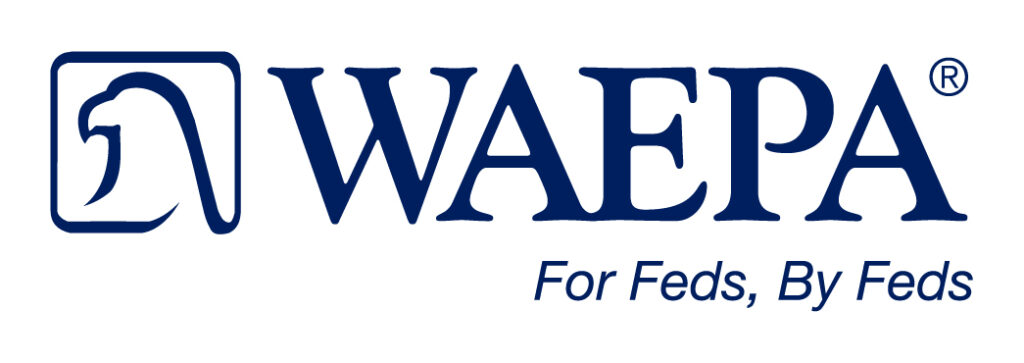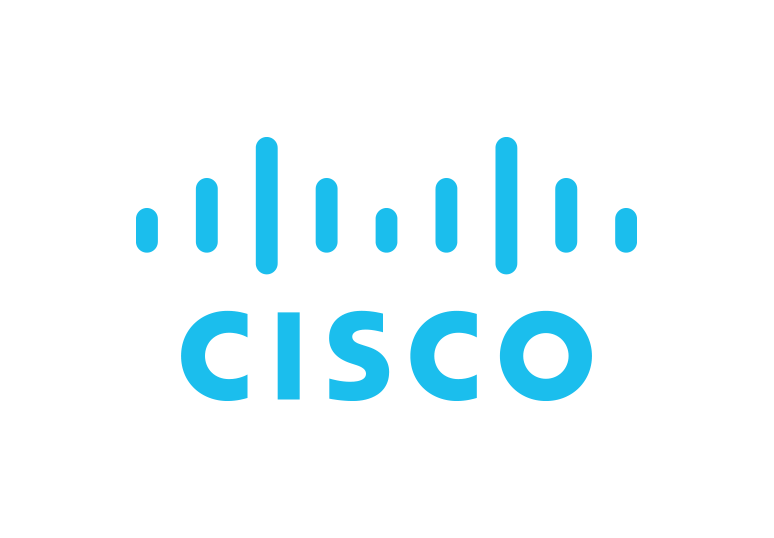
Make Your Social Media a Tool for Professional Growth
In an increasingly connected world, communication and collaboration are no longer limited to face-to-face interactions. Instead, today’s social media tools provide a wealth of opportunities to build networks.
Platforms such as Facebook and Twitter have transitioned from personal to professional use. Not only that, but the right online profile has the potential to open doors in your career.
But balancing the personal and professional when constructing your social media presence can be challenging. Luckily, social media etiquette experts Daniel Hanttula, Director of Information Security for the State of Oklahoma and Sector Chief of Government Facilities at Oklahoma InfraGard; Lisa Flowers, Community Relations and Public Information Officer for the state of Delaware; and Leah Anderson, Senior Marketing Analyst at GovLoop, shared several tips during a NextGen online training, “Social Media in Government: Personal Management.”
Social media offers a great opportunity to brand yourself, but as Hanttula warned, “with great power comes great responsibility.” The speakers laid out some critical ground rules to ensure that your social networks are prepped for professional use.
- Align with work policies. Although you may be developing a set of personal social media accounts, it is important to check your office’s policies regarding usage. For example, never set up a personal account with your government email address. Doing so puts both your accounts and your agency at risk for hacks. You should also familiarize yourself with any office rules about posting. Check the social media policy, and pay particular attention to the sections governing personal use.
- Don’t be shy! As Flowers pointed out, “social media is social!” Everyone you connect with has created a profile in order to meet, network and exchange views, so don’t be afraid to join or start a conversation. The speakers agreed that the best way to amass a following and establish your knowledge is to post and engage. Sharing interesting and thought-provoking articles is a great tactic to show your smarts, according to Anderson. Using a popular hashtag is another way to increase your impact. It’s also important to remember that you can be a social media professional even if you don’t enjoy writing. Hanttula emphasized that if you “make your social media space a conversation, people will look forward to participating.”
- Know your audience. Each social media site offers a different community. Facebook and Instagram may sometimes be better positioned to reach friends and family. LinkedIn hosts a more professional and job-oriented atmosphere, and Twitter represents the “global waterhole.” Some content may make more sense on one platform, rather than another. Remembering your audience is also a great way to create a plan that builds to your ultimate networking goal. Your posts are an easy way for a reader to quickly learn more about you, so it makes sense to focus on your interests and skills. Additionally, adapting your strategy based on the situation is a great way to match your posts to the audience. For example, using the designated hashtag while attending conferences, or even tweeting at speakers is an effective method to tap into the wider event audience.
- Always be positive. While it may be easy to launch into an online rant to let off steam, too much online negativity should be avoided at all costs. As Anderson noted, “no one likes an angry tweeter.” Complaints, mean remarks and inappropriate comments may result in real-life consequences. Furthermore, these posts can have a long life span on the internet, even if they are subsequently deleted. To be on the safe side, users should remain friendly and professional in their online interactions. After a frustrating turn of events, Hanttula recommended waiting a day or two before posting online and adopting a lighthearted tone. A cheerful social media profile shows possible employers that they can depend on you to be polite, professional and enthusiastic.
Once you’ve mastered the basics of your professional social media strategy, there are several ways to take your profile to the next level. First, both Anderson and Flowers recommend boosting your creative presence using well-chosen images, many of which can be easily manufactured on Canva.
There are also a variety of other websites and tools that can help track and maintain engagement, such as Hashtagify, Ritetag and Trendsmap. Finally, don’t be afraid to diversify. All three experts use multiple social media platforms, and they agree that dividing your personal and professional posts between accounts can be an effective strategy.
As Flowers summed up, “you are what you post, share and tweet.” Social media, when used properly, can help you leverage your connections, experience and interests to advance your career. For more details about how to curate the perfect, professional profile, watch the webinar on-demand.









